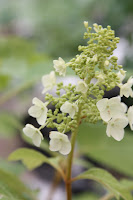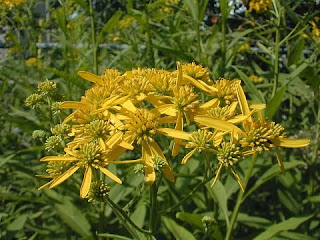A Few Fun Snaps from our back yard this week
.JPG)
Spicebush Swallowtail butterfly caterpillar - 4th instar Bumblebee on native Monarda - don't know which bee, do you? Paw Paw tree in our little herb bed Calendula - started from seed late winter, blooming and making seed now for next year Black Swallowtail butterfly caterpillar on Rue Moon Carrot flowers - seeds were started Dec 2010 Check out the seedlings at http://allthedirtongardening.blogspot.com/2011/01/transplanting-tiny-seedlings.html




.JPG)







